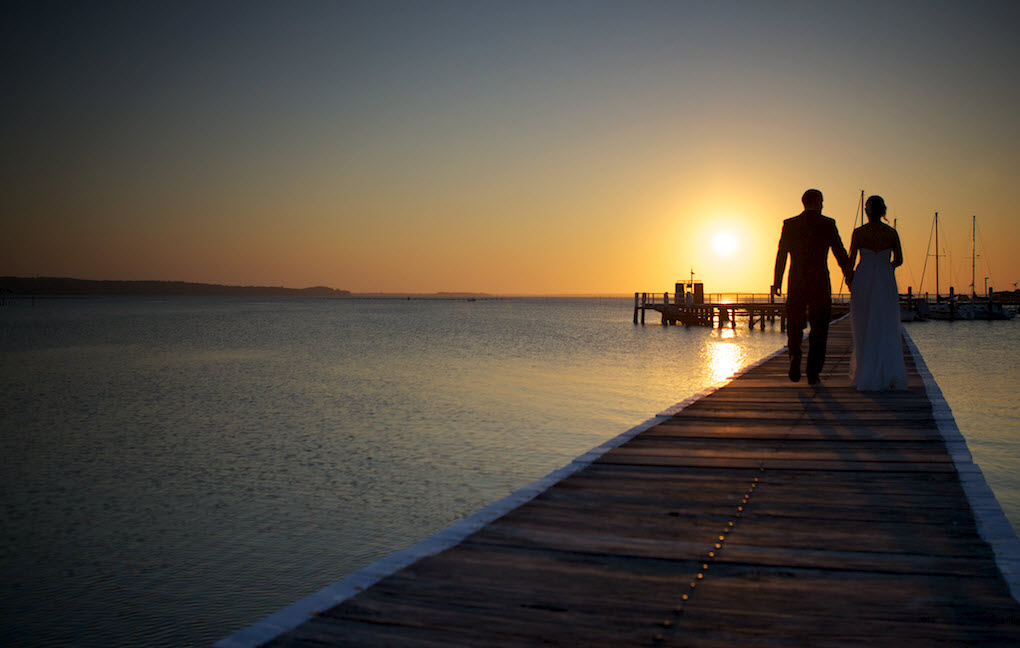Like a large majority of photographers, my interest in photography started as a child. Actually, I think my initial interest was actually in the cameras themselves, rather than the images they produced.
My curiosity was roused by the buttons and levers, the curious noise the shutter made when I played with my father’s cameras, secretly and out-of-sight in an upstairs room.
Like medicine, it is said that photography is a curious mixture of art and science. Clearly in my case, it was the science of photography that caught my attention first, an aspect of photography that has always come naturally for me.

The exposure triangle, the inverse square law, it all made sense to me. The same inner geek that drove me first into an engineering degree, then later into law, was the catalyst which drove my insatiable interest in photography.
The general consensus was that an artistic side was noticeably lacking in my childhood years, I couldn’t draw and couldn’t paint. My art teachers despaired – even my doodles and sketches had an engineering feel to them.
Fortunately, my growing interest in photography was starting to make up for my distinct lack of talent with a paintbrush. Luckily for me, photography provides a medium for me to get my ideas and concepts onto paper whilst bypassing my defective drawing gene.
In my early teens, I spent many years photographing things that didn’t move, later progressing to things that equally didn’t move but needed lighting.
I was very fortunate to live just outside of the Lake District in the north-west of England, spending many a happy hour capturing landscapes or in my studio/shed photographing still-lives, not caring how long it took to set up my shot and, being a teenaged boy, being generally quite happy that I didn’t have to interact with my subject in any way.
It was only after quite a few years into my developing photography obsession, (probably as I exited the teenage boy “grunting and antisocial years”), that I began shooting actual real-life people, people that I had to acknowledge and speak to.
Jump forward 20 years and it only now, with hindsight, that I can see the valuable role that those early days of my photographic journey now play in my full-time career as a wedding and portrait photographer.
When people ask me what skills you need to be a wedding photographer, I always tell them that you need to be able to combine solid skills in landscapes, portraits, lighting & communication.
20 years on, I still can’t draw, but I can trace and I can colour (usually inside the lines) which pretty much gets me by in this photo-editing digital age.
Neil Hargreaves is a full-time professional wedding and portrait photographer based in Sydney, Australia and is the Principal Photographer of Hargreaves Photography and the founder and lead trainer at the Australian Institute of Photography.
Leave a Reply